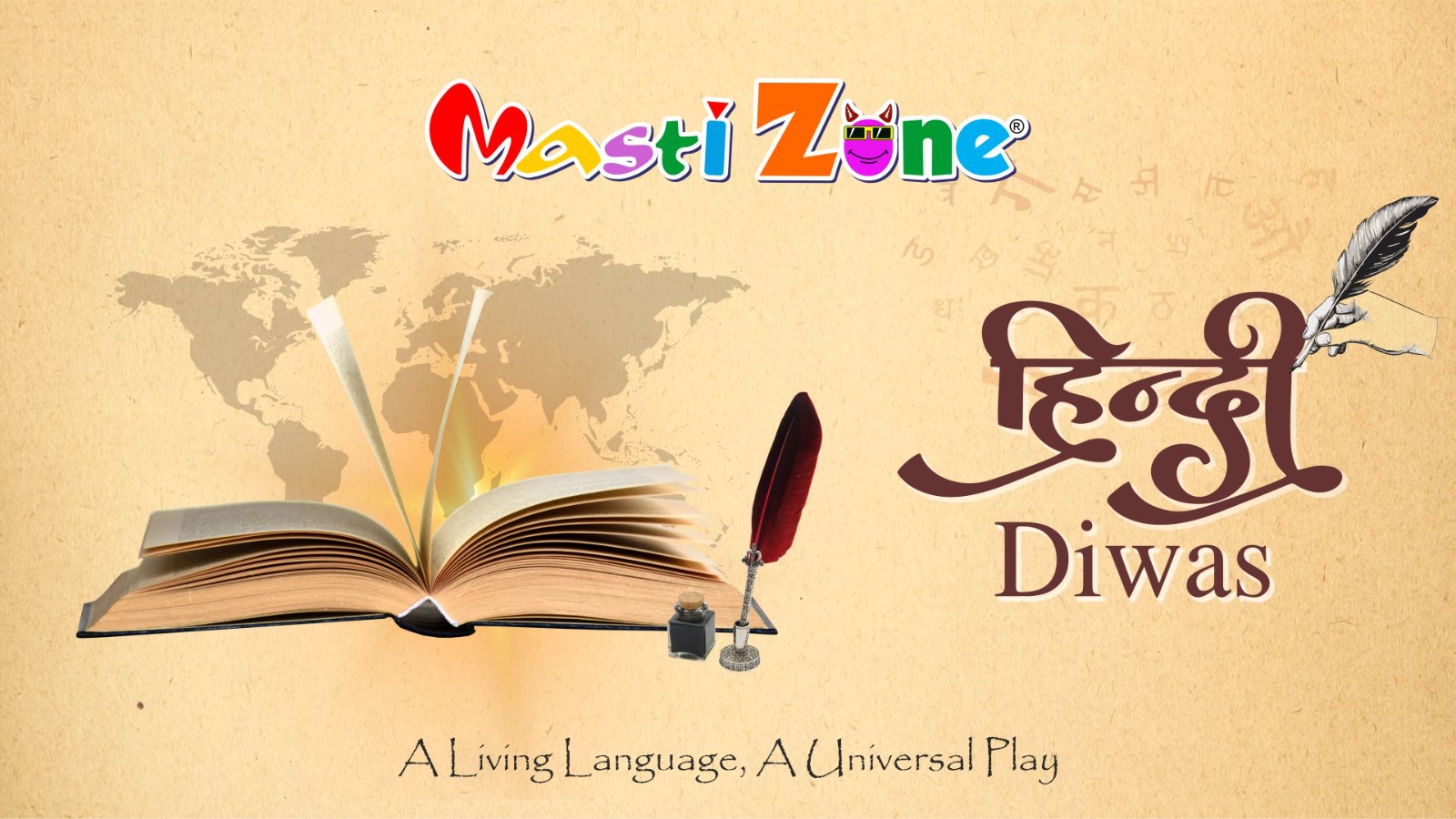
Hindi Diwas: The Resonance of Language and the Language of Play
Every civilisation finds its continuity not in the enduring persistence of its tongue, for language is the soul’s most faithful mirror besides the monuments of stone or chronicles preserved in ink. Hindi Diwas, observed each year on the 14th of September, which to some may appear as a ceremonial nod to a linguistic inheritance, is in truth a collective reaffirmation that expression is the lifeblood of identity. A language, when nurtured with affection, has the extraordinary power to stitch together the fragmented threads of diversity into a seamless fabric of belonging, holding generations close in the embrace of familiarity and memory.
It is interesting, then, to reflect upon the fact that while words are the carriers of meaning, play itself is an unspoken dialect, one that requires no lexicon, no grammar, no dictionary, and yet manages to communicate with astonishing clarity. A child’s laughter resounding through a bowling alley, a family leaning in with anticipation at an arcade game, or the sudden, spontaneous cheer that arises when a strike is scored, each of these moments testifies to the reality that joy, much like language, binds us without effort, bridging gaps that speech sometimes struggles to traverse.
To celebrate Hindi Diwas in a place like Masti Zone is, therefore, a gesture saturated with symbolism. Just as Hindi evolved through centuries by absorbing dialects, idioms, and regional hues, indoor amusement has likewise transformed into a democratic space where individuals of varied backgrounds converge. They may arrive speaking in different tongues, yet once inside, their expressions fall into the same rhythm of animated laughter and playful rivalry.
What makes this convergence even more meaningful is the way in which play mirrors the very journey of language itself. Hindi, like any living tongue, thrives because it embraces change, welcoming new words, adapting to shifting times, and carrying within its folds echoes of the past alongside whispers of the future. In the same way, play at Masti Zone is both rooted in timeless amusements and refreshed with modern innovation: the trampoline that lifts children skyward recalls the abandon of skipping in courtyards, while the digital arcades are today’s expression of the age-old human urge to test skill, chance, and imagination.
Hindi Diwas, then, is in truth about honouring a living, breathing inheritance that has the capacity to unite, to evolve, and to carry forth the essence of who we are. When celebrated in the language of play, this inheritance feels less like something alive in our breath, laughter, and gestures. It is here that the spirit of Hindi reveals its true resonance, beyond the eloquence of words, in the spontaneous chorus of joy that requires no translation.